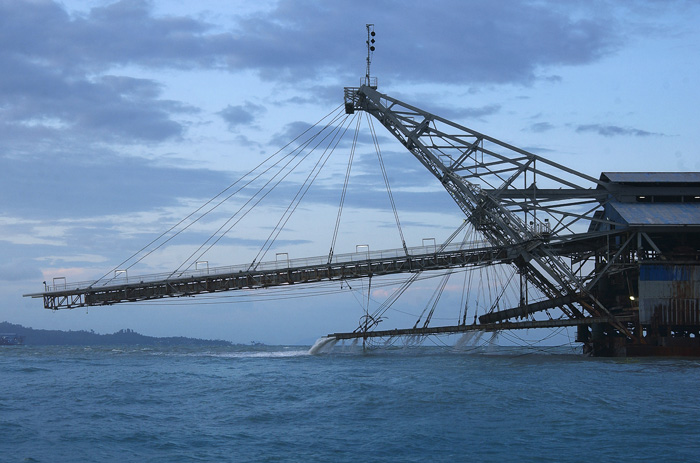
Rising refined tin output will cut the global market deficit next year and weigh on prices as new Chinese smelters ramp up and Indonesia also expands production, the International Tin Association said on Friday.
Benchmark tin prices have already been the worst performer on the London Metal Exchange this year, sliding 16%.
“The average price has declined quite significantly from last year and we would expect next year to also be quite a difficult year for tin,” James Willoughby, manager of market intelligence for the association, told a seminar in London.
Refined output is expected to increase by 5.8% to 352,000 tonnes next year while demand rises by only 0.4% to 353,900 tonnes, according to ITA forecasts.
That means the global deficit is forecast to fall to 1,900 tonnes in 2020 from 20,000 tonnes this year.
Refined output is expected to increase by 5.8% to 352,000 tonnes next year while demand rises by only 0.4% to 353,900 tonnes, according to ITA forecasts
Willoughby, however, said the big deficit for this year may be revised down because producers are not thought to have stuck to cuts announced in September. The announced cuts amounted to about 30,000 tonnes, equating to about 8% of global supply.
“We have a significant deficit pegged for this year, but that assumes that refined producers stick to their production cuts,” he said.
“In Indonesia, we haven’t quite seen that as drastic as previously thought, so this is likely to change.”
Both mine and smelter production is expected to rise next year in major producers China and Indonesia, Willoughby said.
“There is quite a lot of (refined) capacity in the market already and this is only going to increase. Over the next few years this increase is estimated at about 80,000 tonnes,” he said.
Both the world’s top two producers – China’s Yunnan Tin and Indonesia’s PT Timah – are expected to increase capacity, but there may also be consolidation because many smaller smelters are operating at less than 50% capacity, Willoughby said.
On the demand side, the picture was brighter for 2020 after a sharp fall in semiconductor sales this year.
The biggest use of tin, making up nearly half of demand, is for solder used chiefly in the electronics industry to connect components.
“We’re extremely optimistic on the Chinese solder market next year,” Willoughby said.
Unfortunately, the constant miniaturisation of electronics means that solder demand does not directly follow demand for semiconductors, but the longer-term outlook for tin is strong, said Jeremy Pearce, technology team leader at the association.
A fourth industrial revolution will spark an explosion in new electronics needed for the so-called internet of things, robotics and artificial intelligence by the mid to late 2020s, he said.
“Tin is the glue that will hold all this together,” Pearce said.
(By Eric Onstad; Editing by David Goodman)
Comments